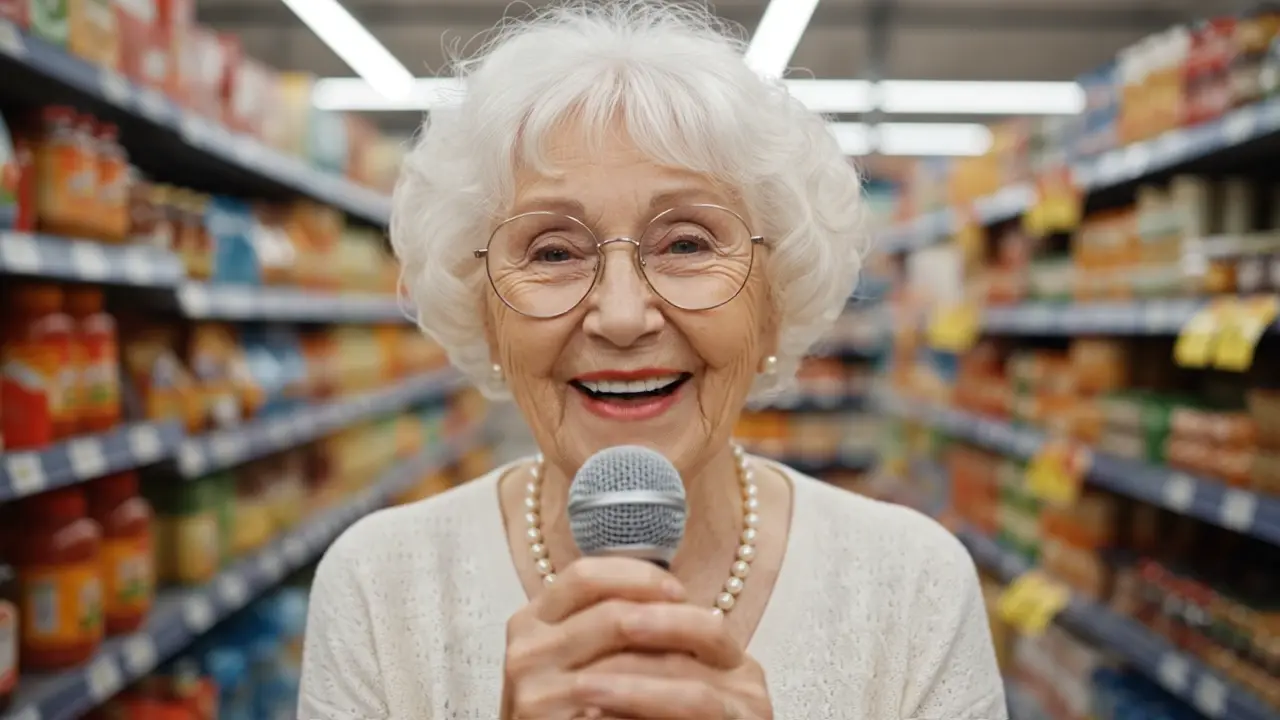kling/kling/lipsync/text-to-video
Kling Lipsync generates speech-synced visuals from text or video, preserving pose, identity, and scene layout.
Introduction to Kling Lipsync Video Generation
Launched as part of the Kling AI ecosystem by Kuaishou Technology, Kling Lipsync video-to-video, text-to-video represents the next step in transformative video generation. This advanced lipsync engine brings together Diffusion and Transformer innovations to deliver high-quality, speech-synchronized facial animation. Enhancements such as precise lip-motion alignment, identity preservation, and support for both external video uploads and interactive modes (Standard, Pro) define Kling Lipsync as a professional-grade tool for creators who demand visual consistency and expressive realism. You access it seamlessly through API interfaces or the Kuaishou platform to bring faces and dialogues to life with remarkable fidelity. Kling Lipsync video-to-video, text-to-video lets you transform any clip or script into lifelike, speech-synced visuals, ideal for content creators, educators, and marketers. You can create expressive virtual avatars, dub existing videos, or build dynamic talking-head assets with facial precision that mirrors real conversation, saving hours of manual editing while achieving cinematic-quality results.
What makes Kling Lipsync stand out
Kling Lipsync targets faithful, structure-preserving generation across video-to-video lipsync and text-to-video pipelines. Built on Kuaishou Technology’s Kling model, it prioritizes temporal coherence, identity stability, and realistic speech articulation, synchronizing mouth shapes to synthesized or supplied speech while retaining pose, lighting, and background. Operating up to 1080p at 30 fps, it avoids unnecessary re-synthesis and minimizes drift, producing believable, production-ready clips. For text-to-video, it leverages Kling’s high-quality generation, then applies precise lip motion alignment to the resulting character performance. Key capabilities:
- Text-to-video generation with high-fidelity motion and detail (up to 1080p/30 fps).
- Video-to-video lipsync that aligns visemes to audio while preserving scene layout.
- Works with videos created in Kling or externally uploaded (MP4/MOV, 2–60s, 720p/1080p).
- Built-in speech synthesis: text (≤120 chars) with selectable voice_id, language (en/zh), and speed control.
- Temporal consistency: maintains facial identity, pose, and background continuity across frames.
- Robust validation: file size ≤100 MB; width/height within 720–1920 px; predictable outcomes.
- Practical handling of audio–video length mismatches via trimming/alignment.
Prompting guide for Lipsync
Begin with a clear, front-facing video (MP4/MOV), 2–60 seconds, 720p or 1080p, ≤100 MB. Provide concise script text (≤120 characters) for speech, select a voice_id (e.g., oversea_male1, commercial_lady_en_f-v1), choose voice_language (en/zh), and set voice_speed (0.5–2). For text-to-video, first generate the base clip in Kling from your prompt, then apply Lipsync to synchronize the performance with the desired narration. Example prompts and cases:
- “Neutral studio read, friendly tone; preserve background; English voice, speed 1.0.”
- “Mandarin product intro, confident pace 1.1; lipsync only, keep original motion.”
- “Short greeting (≤12s), American male voice, keep head pose and lighting.”
- “Cross-language dub: original video in Chinese, output English narration, speed 0.9.”
- “News anchor style, calm delivery; do not alter hairstyle or wardrobe.” Pro tips:
- Keep scripts compact and phoneme-clear; avoid tongue-twisters for best alignment.
- Favor frontal or 3/4 facial angles with consistent lighting for stable visemes.
- Match or slightly under-run audio length; longer scripts may be trimmed to video.
- Use precise constraints: “lipsync only,” “preserve background,” “no color changes.”
- Iterate with short clips first; validate 1080p/30 fps export before longer runs.
Examples of Kling Lipsync in Action






Kling Lipsync on X: Community and Updates
Frequently Asked Questions
What is Kling Lipsync and what can it do?
Kling Lipsync is part of the Kling AI ecosystem that enables realistic lip and facial motion synchronization to speech. Using video-to-video or text-to-video generation, Kling Lipsync can animate facial movements that match spoken audio or TTS-generated speech for use in dubbing, marketing, and social media content.
How does the Kling Lipsync video-to-video feature work?
The Kling Lipsync video-to-video feature aligns lip movements in an existing video with a new or original audio track. By analyzing facial landmarks and timing, Kling Lipsync ensures precise synchronization between the person’s lips and the speech, producing realistic results for dubbing or virtual human creation.
Can Kling Lipsync generate speech animation from text using text-to-video capabilities?
Yes, Kling Lipsync supports a text-to-video mode where you can input text that is converted into speech using text-to-speech technology. The platform then aligns the generated speech with facial movements, resulting in a lifelike talking video that does not require pre-recorded audio.
Is Kling Lipsync free to use or does it require credits?
Kling Lipsync operates on a freemium model through Runcomfy’s AI playground. While free credits are provided to new users, continued or high-resolution usage of Kling Lipsync video-to-video and text-to-video processing may require purchasing additional credits according to the platform’s generation policy.
Who can benefit most from using Kling Lipsync?
Kling Lipsync is ideal for content creators, educators, marketers, and animators who want natural-looking lip-synced videos. Whether you’re generating video-to-video dubbing clips or text-to-video educational explainers, Kling Lipsync delivers consistent, identity-preserving results suitable for multiple industries.
What output quality can I expect from Kling Lipsync?
Kling Lipsync provides professional-grade output, supporting resolutions from 720p up to 1080p in Pro modes. The model ensures realistic facial detail and smooth transitions, whether in video-to-video conversion or text-to-video generation, maintaining natural lip movement and expression alignment.
What platforms support Kling Lipsync?
Kling Lipsync can be accessed online via Runcomfy’s website and API endpoints. Both video-to-video and text-to-video options are available directly in the browser, and the system performs well on mobile devices, allowing creators to produce synchronized videos from anywhere.
Are there any limitations I should be aware of when using Kling Lipsync?
Kling Lipsync performs best on clear, front-facing videos with visible lips and moderate length (typically up to 10 seconds for standard plans). For longer or higher-quality video-to-video and text-to-video sessions, users may need to upgrade plans or consume extra credits.
How does Kling Lipsync differ from other lip-sync AI tools?
Compared to earlier or competing solutions, Kling Lipsync offers enhanced precision in both video-to-video and text-to-video modes. Its DiT-based architecture ensures better identity preservation, smoother realism, and flexible API integrations that set it apart in scalability and visual fidelity.
Can I provide feedback or request features for Kling Lipsync?
Yes, feedback for Kling Lipsync can be shared through the Runcomfy platform at hi@runcomfy.com. The team values user input for improving video-to-video and text-to-video generation experiences, continuously refining accuracy, realism, and usability based on community suggestions.
